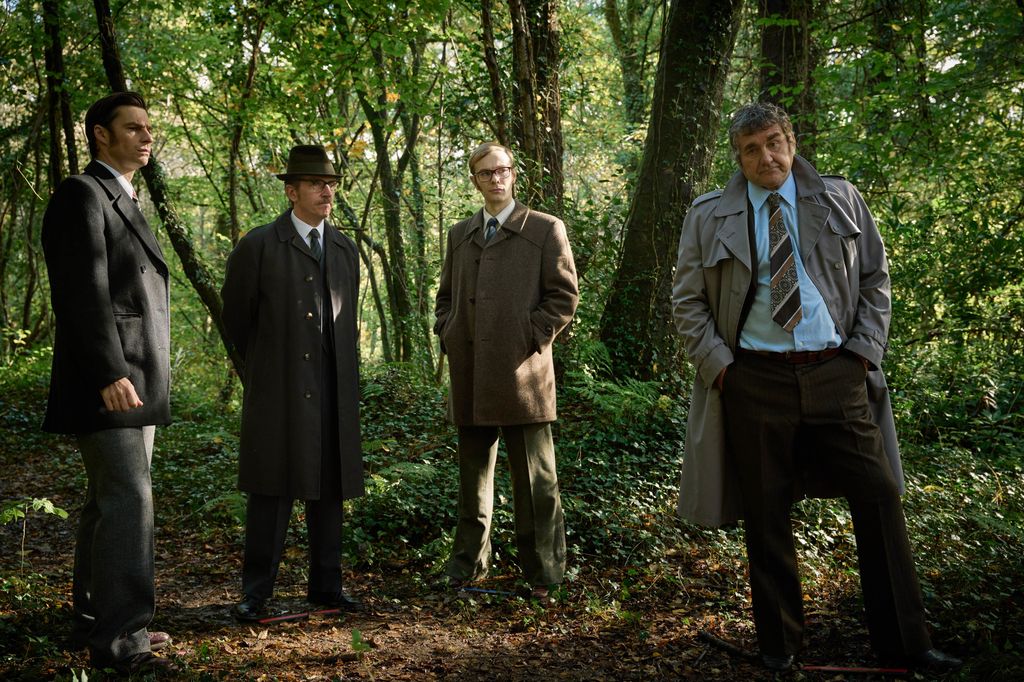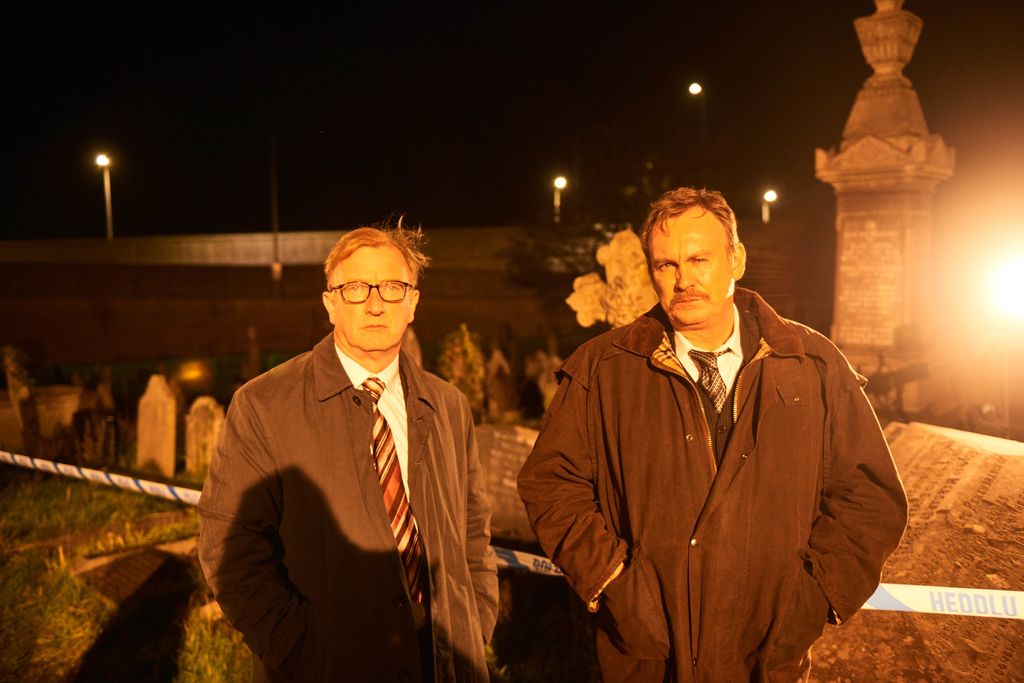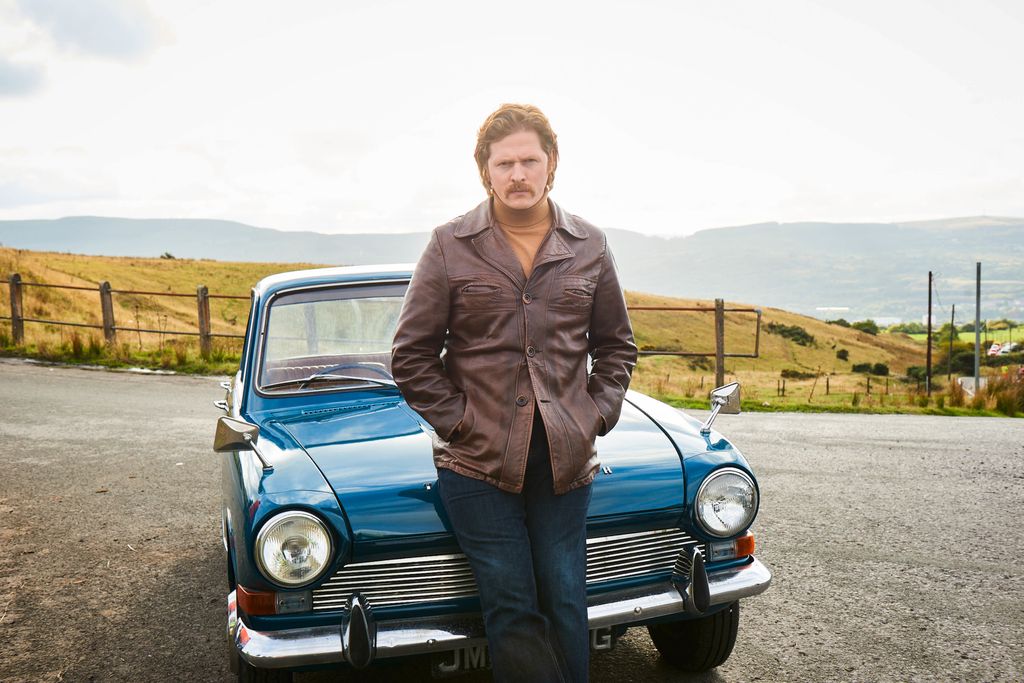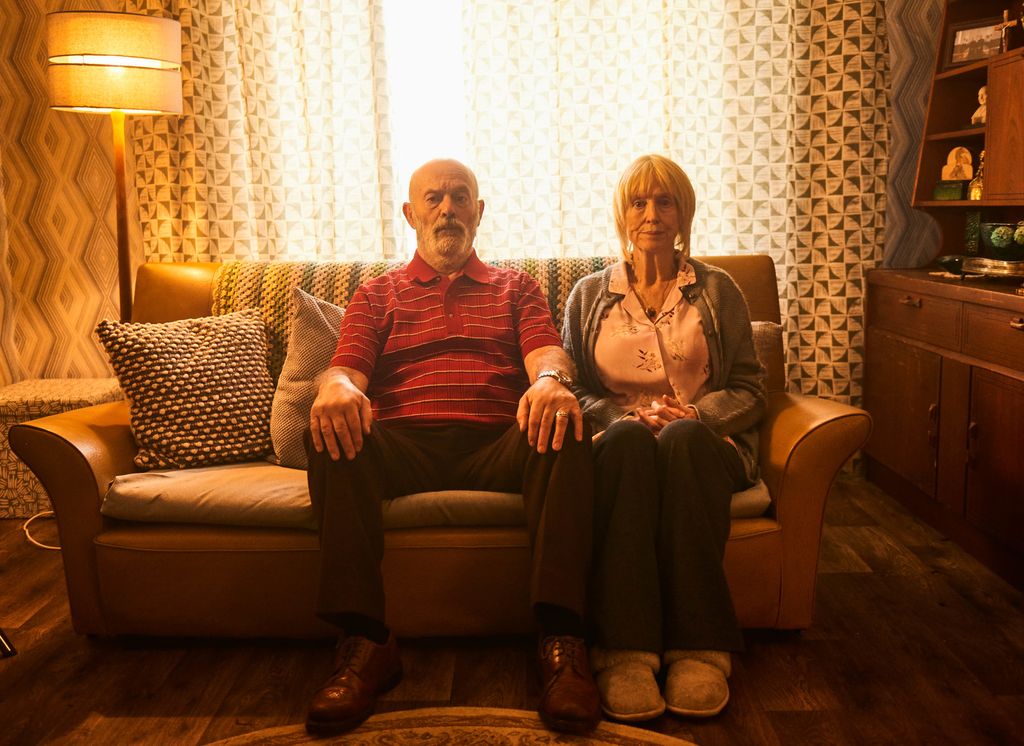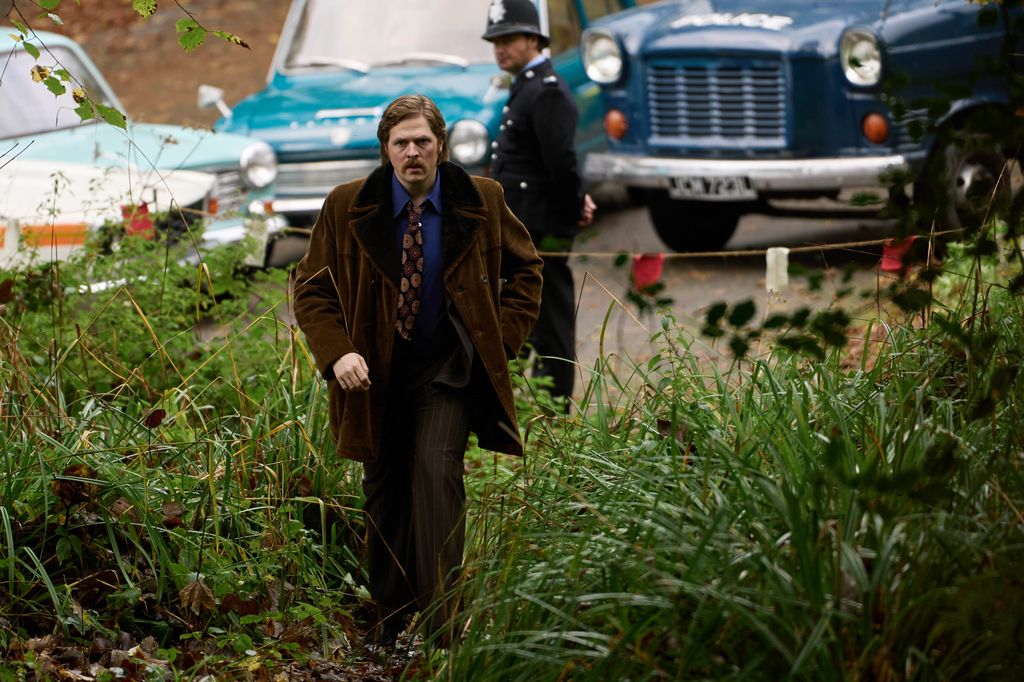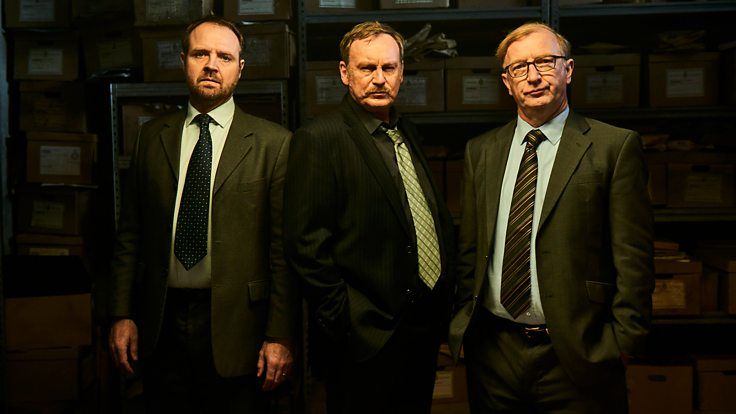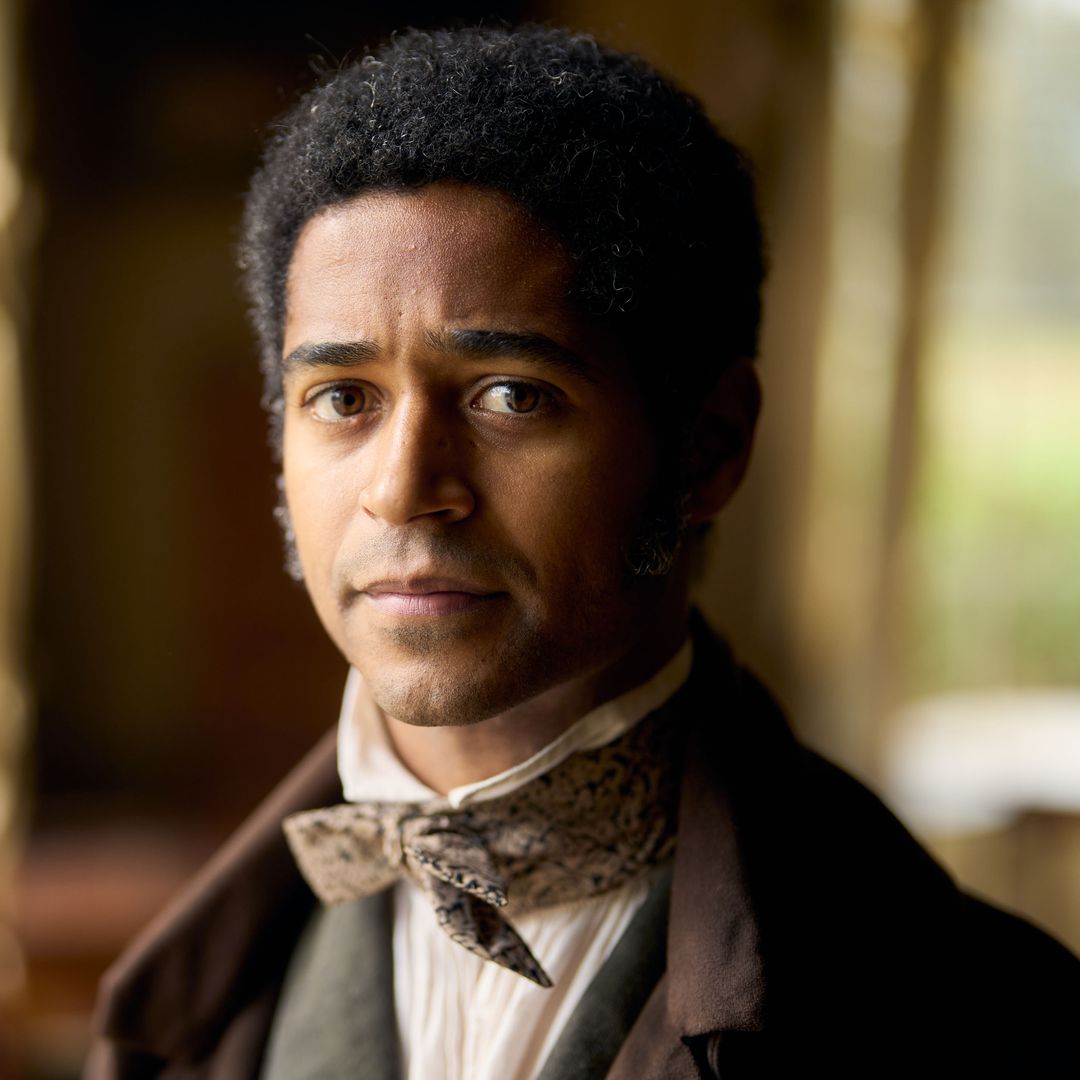Steeltown Murders returned to BBC One on Monday evening and while many had plenty of praise for the cast and gripping storyline, there was one "frustrating" detail that some picked up on during the second episode.
As fans will know, the show changes timeline between the early 1970s and the early 2000s, and one continuity tactic that is used is the colour filters to determine the scenes depicting what happened in 1973. But some found this aspect of the show to be a distraction.
One person summed it up: "Episode two of #SteeltownMurders was much better, and less confusing, than episode one. But it's still slightly frustrating that the 2002 scenes are in yellow and beige, as well as the 1973 scenes."
A second added: "Whatever filter they are using on #steeltownmurders it's really annoying… smoky and yellow... just like my dad's front room in the 70s." A third agreed, tweeting: "Watching #SteeltownMurders. Why do the police station scenes have a sickly yellow grading? It looks terrible."
MORE: Steeltown Murders: The chilling true story behind new BBC drama
MORE: Fans are saying the same thing about Suranne Jones' emotional new drama Maryland
Meanwhile, despite some not being a fan of the visuals, others were compelled by the show's plot, which focuses on the murders of three young firls in the Port Talbot area. "The scene in the cafe between the characters Sitar and Denver in #SteelTownMurders – heartbreaking," tweeted a viewer.
A second said: "TV drama this moving and sensitively acted really deservers a better title than #SteeltownMurders. But don't let the title put you off, it's an impressive piece of work," as a third agreed: "Watching episode two of #steeltownmurders finding it utterly compelling. Philip Glenister excellent as ever. The whole cast in fact."
The drama stars Philip Glenister and Steffan Rhodri as detectives Paul Bethell and Phil 'Bach' Rees respectively who endeavour to find the culprit and solve the harrowing case. Both detectives worked on the case when the murders first occurred in 1973, but were unsuccessful in bringing it to a close. Thirty years later, new DNA evidence sees the case reopened, and the pressure is on to bring the killer to justice.
As the synopsis explains: "Contrasting the policing methods of the 1970s with the forensic breakthroughs of the early Noughties, Steeltown Murders is a portrait of a town dealing with the repercussions of an unsolved case three decades on, and asks if justice can ever truly be found."
Is Steeltown Murders a true story?
Yes, the BBC drama has been adapted to tell the real life story of three 16-year-old girls who were strangled and killed in 1973, leading to the country's biggest murder hunt. In July, Sandra Newton disappeared on her five-mile walk home. Two days later, her body was found in a culvert.
Then in September, best friends Geraldine Hughes and Pauline Floyd were found dead in a woodland area in nearby Llandarcy after hitchhiking their way home from a night out in Swansea.
The two incidents sparked a huge police investigation, with detectives seeking to link the three murders to one killer. Find out more about the chilling true story behind the drama here.
Don't want to miss a story? Sign up to our What to Watch newsletter and get the heads-up on the shows and films everyone’s talking about.


